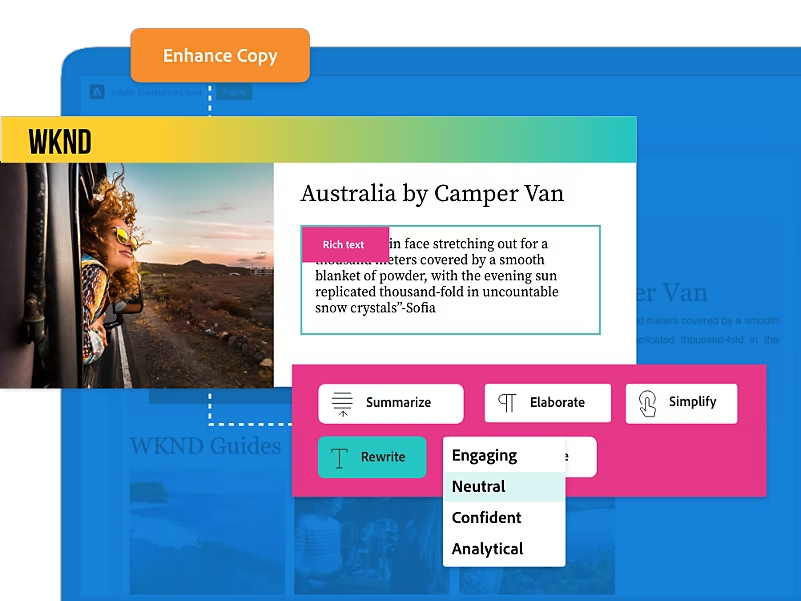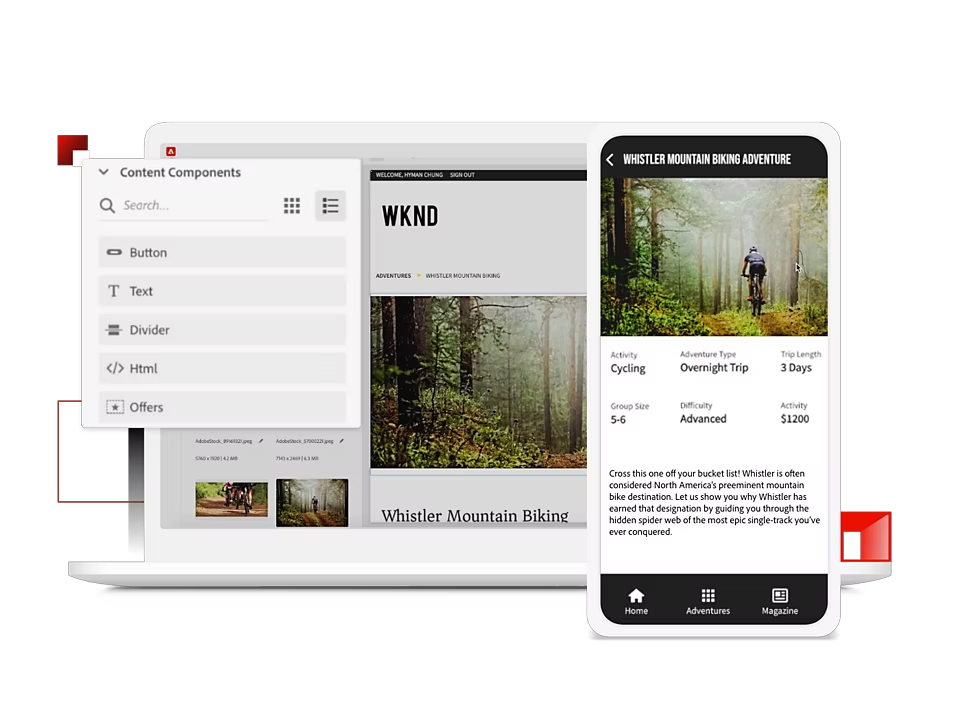What factors determine the pricing of Adobe Experience Manager?
The vast majority of content that is currently accessible online is unstructured and devoid of a predefined data model. Whether it's a post on a social media platform like Facebook, a video on YouTube, a simple text message on a mobile device, or a product page on an e-commerce website, content typically lacks a fixed structure yet includes substantial contextual information. In this context, Adobe Experience Manager (AEM), especially AEM Sites, provides organizations with a seamless means of managing various types of content across web, mobile, and application platforms while delivering personalized customer experiences at scale.
The Adobe Experience Manager component AEM Sites enables businesses to manage various web and mobile content with ease. It serves as a centralized platform where content authors can efficiently manage and update content across different regions, countries, and languages simultaneously. When several content authors are involved in larger-scale installations, like those carried out by Autowoven, and content management operations span several different geographic zones, the importance of this feature increases significantly.
By leveraging AEM Sites, organizations gain the ability to streamline their content management processes and ensure consistency and efficiency across their digital properties. A distributed workflow for content production and management is made possible by the ability of content producers to collaborate and contribute from various locations. With the help of AEM Sites, businesses can provide localized experiences to their international audience. This function is essential for meeting the demands of various markets and offering material in various languages.


